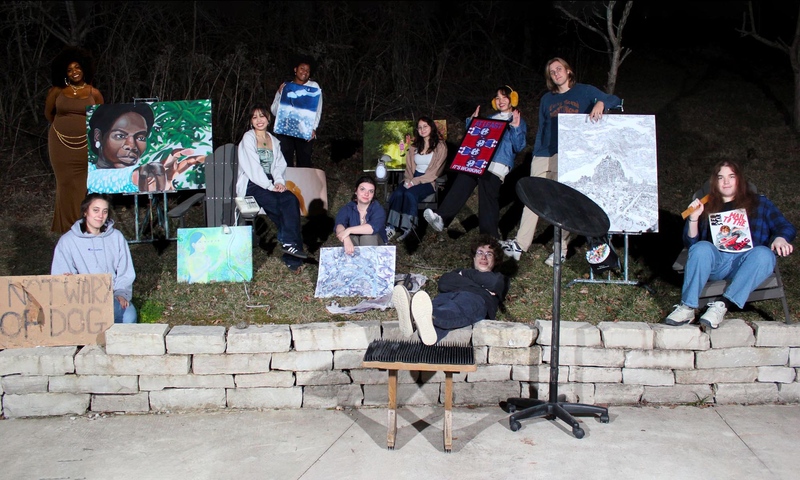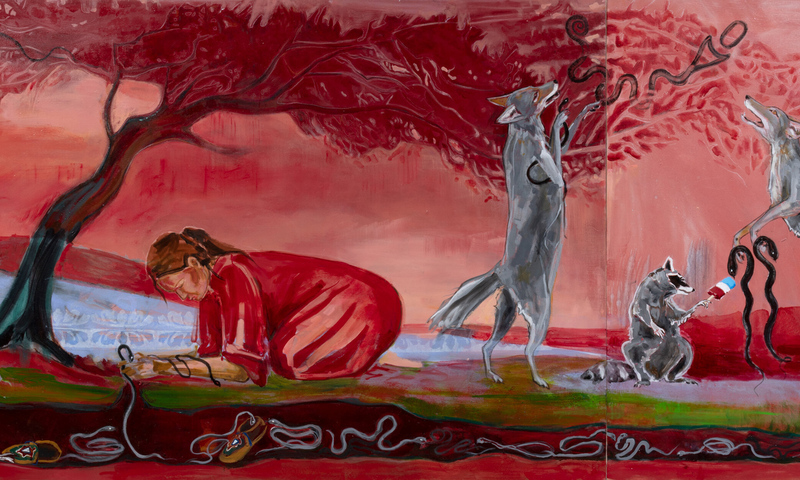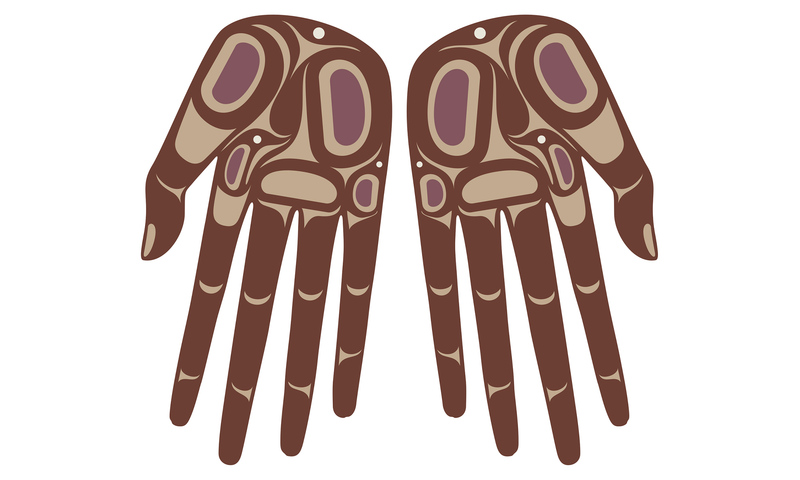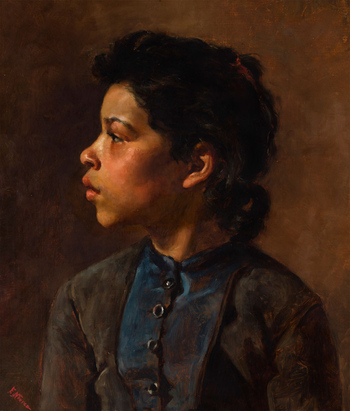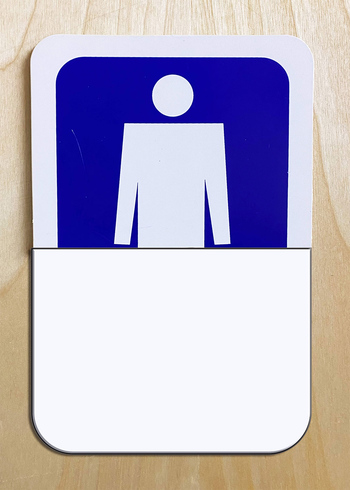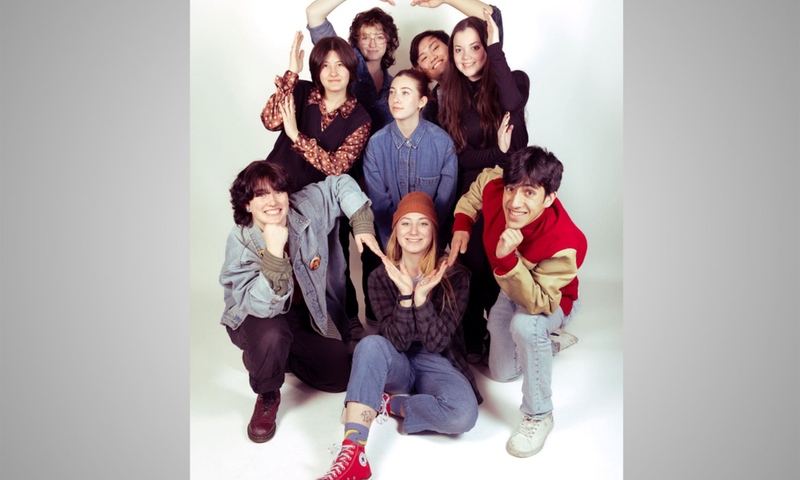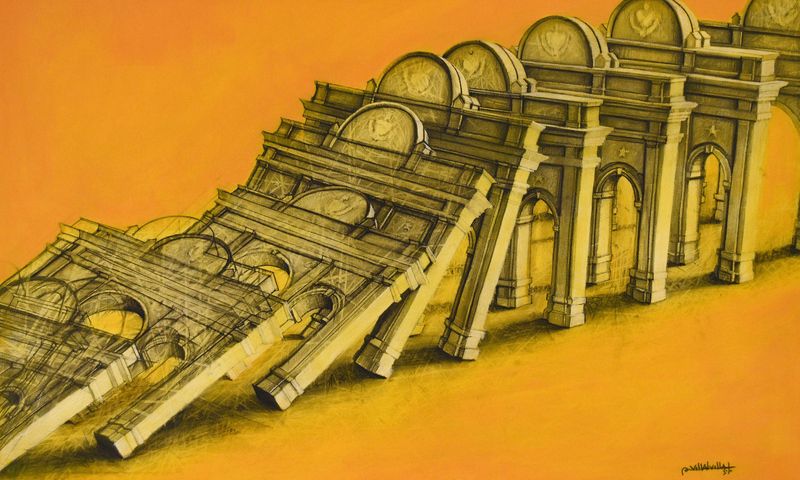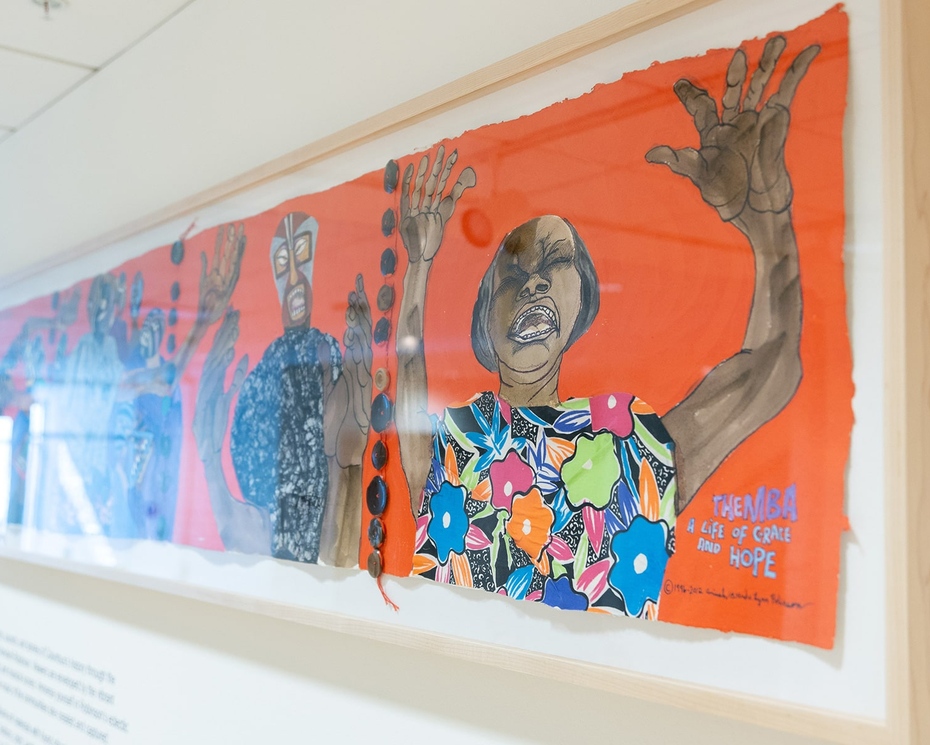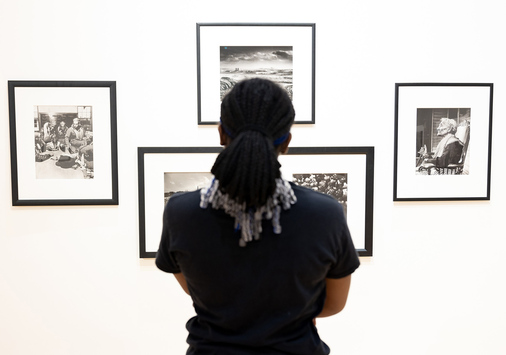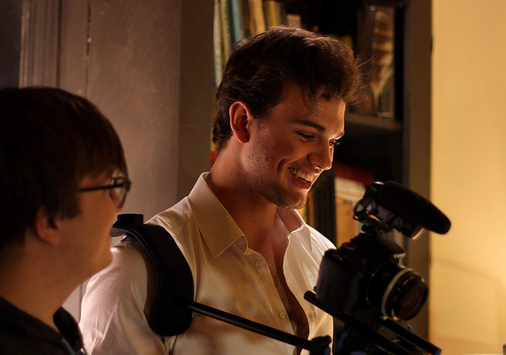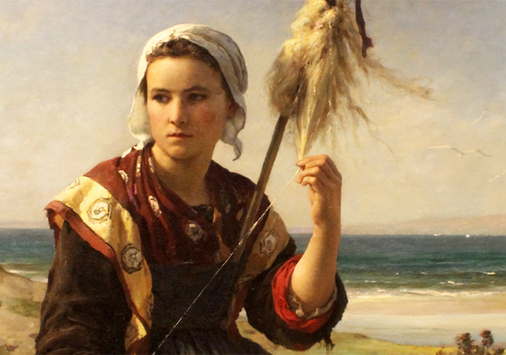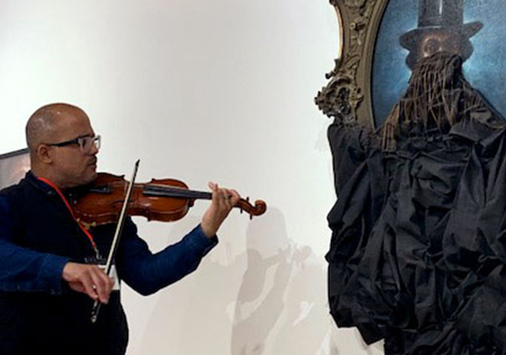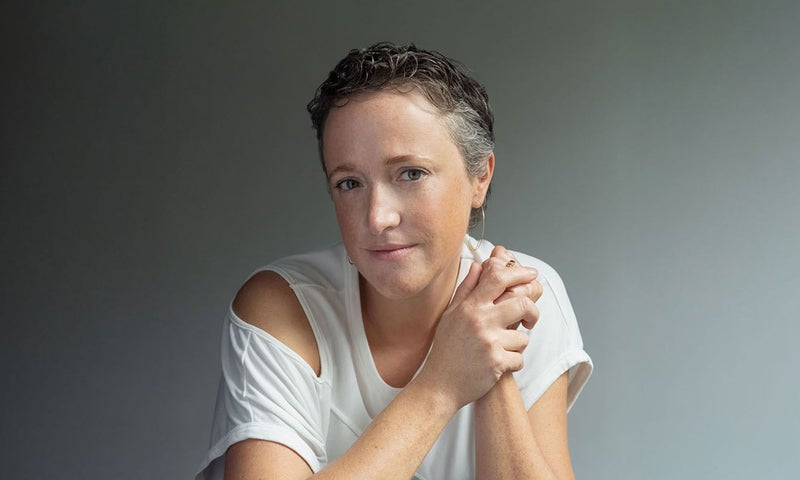Between Light & Shadow: Chinese Puppets
Donated in 1969 by 1907 Denison alum Daniel Sheets Dye these painted hide shadow puppets highlight the diversity of Chinese traditional theater arts. Backlit to create a highly dramatic effect the puppets will be displayed using a theatrically-inspired screen and also appear in a digitally-enabled interactive animation program fun for adults and children alike.
Materials and Construction of Chinese Shadow Puppets
These particular shadow puppets are made of donkey skin but the hides of a goat, water buffalo, pig, and even certain kinds of fish were also considered viable materials. The Chinese also devised joints made with circles and spokes like a wheel to solve visual distractions and opacity created by large overlapping areas of hide. The “wheels” allow the light to shine through to heighten the color not dilute. Because of the increased translucency of the tung oil-saturated paint and skin, the puppets appear brilliantly colored when lit from behind.
The general construction of a shadow figure begins soaking a hide in water and then stretching it on a frame. The wet skin is then rubbed and scraped, first with a stone, then with bamboo, until it is thinned to a semi-translucent thickness. The outline of the figure is traced or drawn free-hand onto the skin, and is cut out using specialized chisels and knives. The puppets are carved into shapes of human figures, animals, or scenery and are designed to be manipulated by rods in front of a lamp projecting colorful shadow images onto a semi-translucent screen between the puppets and the audience. While the earliest shadow theater screens were made of mulberry paper, any translucent material could be used. When the puppets are held very close to the screen, the colors and details in carving are recognizable. When the puppets moves back, its shadow becomes larger and less distinct. The theater incorporates elaborate props, furniture, and scenery, creating dramatic and complex compositions on the screen. Dragons, monsters, and flying immortals as well as fires, battles, and bloody deaths can be depicted in vivid detail. The illusion of light and colored shadow allows for flight, decapitation, spurting blood, sudden growth, shrinkage or appearance of hidden features and other supernatural phenomena that are commonplace in Chinese legends.
Figures are worked by means of three slender rods while their human operators lie hidden beneath the shadow screen. The screen itself is constructed of bamboo poles and with fabric-a format that could be put up and taken down quickly as the shadow plays move from town to town. A lamp would hang from the center of the rear of the frame to illuminate the screen.


